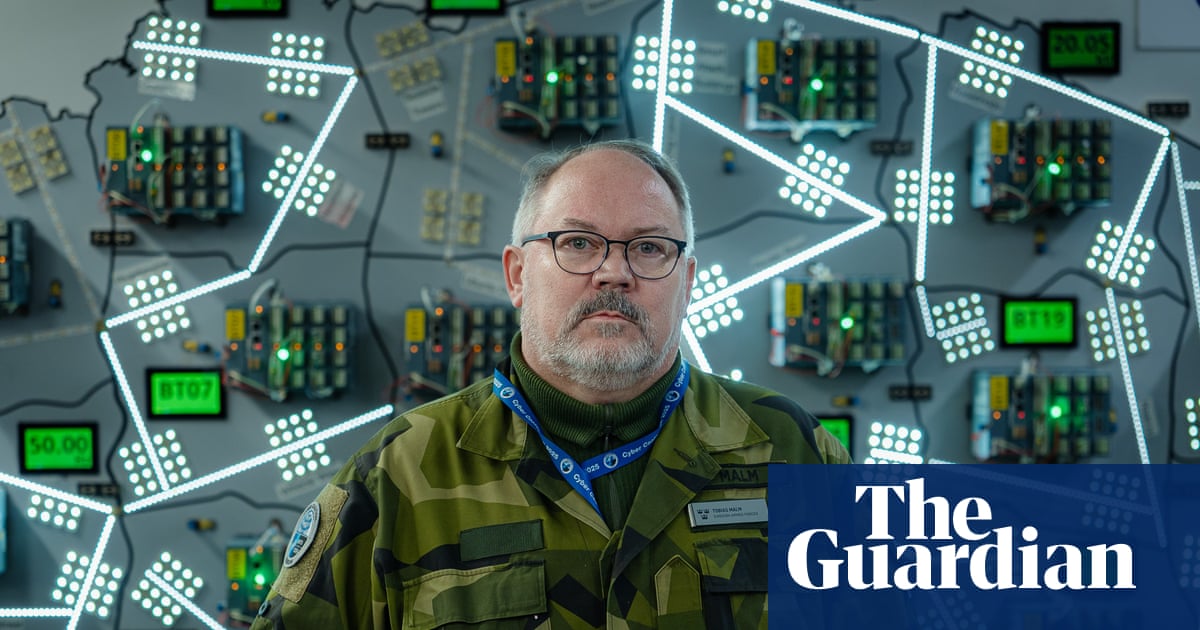OpenAI is going house hunting.
The world-leading AI company is reportedly looking for a massive corporate campus of at least 500,000 square feet to house its ever-growing workforce of insanely well paid engineers and support staff.
What’s more important than OpenAI’s desire to expand, though, is the company’s choice of where to do it.
OpenAI is looking not in the trendy, vibrant heart of San Francisco, but deep in the dull, gray corporate expanses of Silicon Valley.
That bucks a major trend in the AI space—and signals a broad and impactful change to the industry.
corporate hermit crabs
For generations, America’s most successful tech companies have followed a familiar pattern: Start in some tiny, inappropriate space, then expand to a massive office park in Palo Alto or Mountain View, California.
Hewlett Packard famously started in a garage before expanding to ever-larger campuses. Apple did the same, and now controls most of Cupertino, California from a bizarre, insular spaceship of a building.
Google started in a Stanford dorm room before moving to (surprise!) a garage, and later a 3 million-square-foot compound in Mountain View, the Googleplex.
Often, Silicon Valley’s tech companies behave like corporate hermit crabs, taking over the campuses of their failed predecessors.
When Facebook moved to the former Sun Microsystems campus in Menlo Park, California, they didn’t even bother to invest in a new sign—they just flipped the old one around and put a big Facebook logo on it.
Even today, the original Sun Microsystems sign still hides on the back of the Facebook one. When Google repurposed the former campus of Silicon Graphics to build the Googleplex, they kept a dinosaur named Stan.
Things will be great when you’re. , ,
A new wave of tech companies coming to power in the mid 2010s, though, started to trod a different path.
The social network Uber and Square were originally down the block. Airbnb, Zynga, and Cloudflare are all in San Francisco’s trendy but rough-around-the-edges SoMA district.
These newer companies realized that their hip, young engineers didn’t want to live in the suburban doldrums of the Valley. They wanted nice food, bars that stay open past 10 pm, and all the other cultural trappings of a major city.
After the pandemic, the trend towards downtown tech HQs accelerated. Companies realized it was easier to lure engineers back to the office if it happened to be down the block in a city where they’d love to live, rather than a chartered bus ride away.
As today’s AI companies started their meteoric growth, then, it was only natural for them to locate themselves downtown.
OpenAI started in SoMA’s historic Pioneer Building. When they outgrew that space, they moved to a massive, glass-fronted campus in the up and coming Mission Bay neighborhood—all skybridges, living walls, louvered windows to let in the bay breezes, and fancy cafés that serve boba tea in little glass bottles you get to take home.
Although a quietly-imposing security guard stares down anyone who approaches the front doors too closely, I love walking around the OpenAI campus and its adjacent urban parks.
Anthropic likewise started in a historic building right by San Francisco’s Financial District, before moving to something a bit more corporate, but still in the heart of the city.
This influx of AI talent—and the buckets of money that go with it—has been fantastic for San Francisco. As a professional photographer, I visit the city at least once a week to take photos.
Union Square, which struggled mightily during the pandemic and became a symbol of San Francisco’s failings, is now home to a new Nintendo store, a bar from basketball star Steph Curry, and an eyeball-scanning hub for Sam Altman’s crypto startup World. San Francisco was just rated one of the safest cities in the world.
Back to the burbs
Now, though, that trend seems to be reaching its limits. It’s one thing to locate your headquarters in an energetic, happening part of the city when you’re a scrappy startup pursuing the impossible dream of AGI.
But when you’re planning a trillion-dollar IPO and have a headcount in the thousands, even the biggest downtown office will struggle to hold you.
And so, the AI world’s inexorable march to the Valley begins! OpenAI is the first big AI company to plan an exodus from San Francisco. But as the flood of money continues to flow in, it’s unlikely to be the last.
To me, it’s indicative of the fact that the AI sector is slowly growing up.
Much as many young engineers start out living downtown, only to answer the siren song of the ‘burbs as they have kids, cars, and schools to consider, so too has the rapidly maturing OpenAI decided to live somewhere with easier access to neighbors, more room to spread out, and virtually unlimited oceans of parking.
The startups serving the AI sector will surely continue to choose downtown digs. And OpenAI and its ilk will likewise keep satellite offices in the city, much as Google does today.
But as companies like OpenAI increasingly pursue a path toward serving corporate customers and worrying about such petty things as profitability, they’re moving back in line with the path taken by the tech giants who came before them. And that means moving to Valley HQs.
I’ll admit, I’m a little sad to see the locus of AI starting to move so predictably to the ‘burbs. But it’s also strangely comforting. People are terrified of OpenAI and its friends for their ability to rapidly disrupt industries and otherwise remake the world.
But people felt the same way about Google back in the day. And Fairchild Semiconductor before it.
OpenAI’s all-too-predictable march to the Valley is a reminder that AI companies feel powerful and all-encompassing today, but ultimately stand on the same ever-shifting tech sands as their predecessors.
Give it a few decades, and another hermit crab will come along to flip their signs around, move in their own generations of talented young engineers, and get to work building whatever comes next.
The early-rate deadline for Fast Company’s World Changing Ideas Awards is Friday, November 14, at 11:59 pm PT. Apply today.











